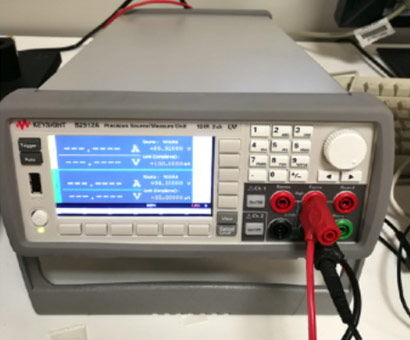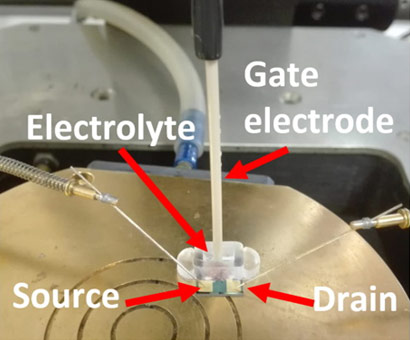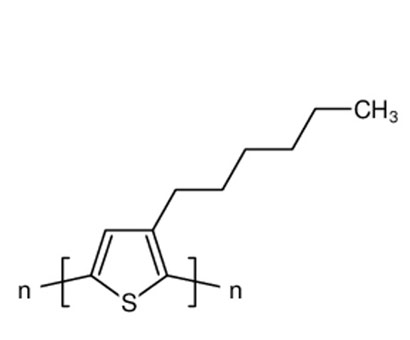| Laboratorio IMEM di Torino
c/o Politecnico di Torino ChiLab - Materials and Microsystems Laboratory Referente: Simone L. Marasso |
ELECTRONIC BIOSENSING
Organic Electrochemical Transistor (OECT)
OECTs are based on highly conductivity polymer as poly(3,4-ethylenedioxythiophene) polystyrene sulfonate PEDOT:PSS, which modulates its conductivity, in response to a gate voltage, by bulk effects of doping and de-doping in a electrolyte solution. This unique characteristic allows for obtaining sensors able to monitor, with high sensibility, biomolecules as DNA and proteins, bio-signals as neuronal synaptic activity and so on. Materials and processing of these devices are extremely interesting due to the simple deposition of the polymers on flexible substrates by clean room processes or printing technology. The research activity in this fields is focused on the development of innovative processes to obtain novel devices for bio sensing applications as biomarkers recognition, cell analysis, health care and environmental monitoring.
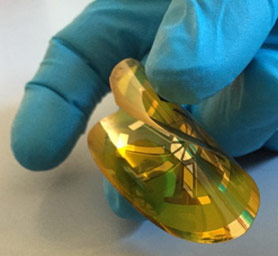
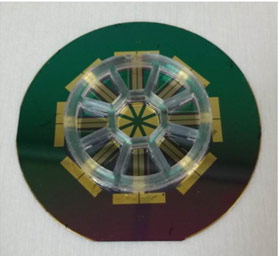
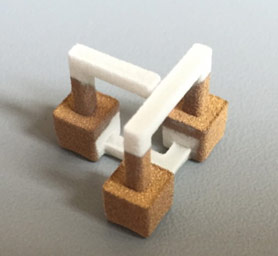
Graphene Field Effect Transistor (G-FET)
G-FET are transistors which exploit Graphene as a channel instead of the classical semiconductor. Due to its peculiar electrical properties, Graphene is perfectly suitable for sensing applications and can be functionalized in order to allow the detection of analytes, like antibodies, DNA, miRNA and so on. Its mechanical properties and stability make it an interesting material also for the production of flexible electronics, which are the basis for example of wearable devices. In our research activity we are working on developing G-FETs for biosensing, specifically for the detection of lung cancer biomarkers. An important point of research is the transferring process of Graphene, which is one of the main issues for its exploitation on an industrial scale. To address this issue, a novel transfer technique exploiting Hot Embossing of the graphene on a COC substrate was successfully developed and implemented in the G-FETs fabrication process.
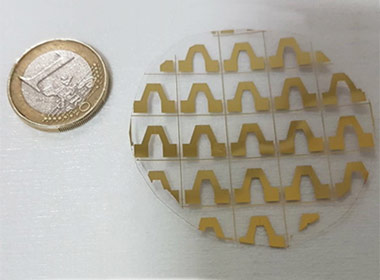
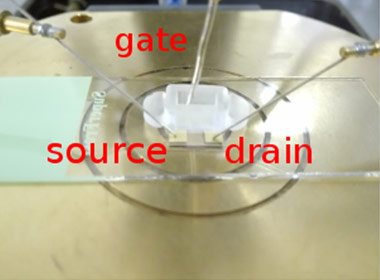
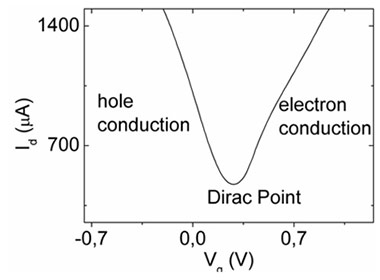
EGOFETs consist of an organic semiconducting material (OSC) separated from the gate electrode by an electrolyte and contacted with source and drain electrodes. The charge transport inside the OSC channel is controlled by the capacitive coupling between the electrical double layer (EDL) at the gate electrode/electrolyte interface and the one at the OSC/electrolyte interface. Small variations in these EDLs capacitances are able to modulate the drain current of the device, thus allowing for the detection of small molecules after the proper functionalization of the surface. The low operating voltages of EGOFETs and their easy processability have made these devices very attractive for low-cost point-of-care applications. Our research activity is focused on the development of EGOFETs based on polymeric semiconductors such as poly(3-hexylthiophene-2,5-diyl) (P3HT) for the detection of lung cancer biomarkers
